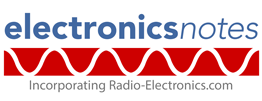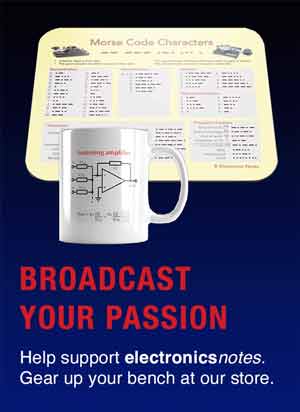NiMH Nickel Metal Hydride Battery Technology
Nickel Metal Hydride, NiMH batteries and cells took over from NiCd offering a very similar voltage and overall performance.
Home » Electronic components » this page
Nickel Metal Hydride, NiMH Battery includes:
NiMH
NiMH charging
NiMH self-discharge
Battery Technology Includes:
Battery technology overview
Battery definitions & terms
Zinc carbon
Alkaline
Zinc air cells
NiCad
NiMH
Li-ion
Lead acid
In view of the environmental fears about Nickel Cadmium batteries and cells, Nickel Metal Hydride technology has taken over.
Nickel Metal Hydride, NiMH batteries and cells have a very similar level of performance - similar voltage and charge characteristics. As such they are virtually a direct replacement, although there are a few differences as can be imagined.
In view of the much better environmental credentials, NiMH batteries are the technology of choice for the standard replaceable batteries available: AAA, AA, C, D sizes.
NiMH battery technology: basics
NiMH batteries and cells are now widely used. They have a number of highlight characteristics that have enabled them to be used, although they do have some disadvantages:
- Environmental impact: NiMH battery technology has overtaken that of its NiCd brother because of their lower environmental impact. The use of cadmium is of particular concern, and therefore the use. In the European Union, EU, legislation referred to as the Battery Directive has required the use of NiCd batteries to be terminated for portable use by consumers.
While the use of toxic cadmium is removed from the NiMH cells the mining and processing of the other metals used poses some environmental threats. Fortunately when the NiMH batteries reach end of life, most of the nickel can be recovered with relative ease. - Specific energy density: NiMH cells and batteries have a higher level of specific energy, i.e. the amount of energy that can be contained within a certain volume of weight. It can be between 60 - 100 W h / kg against 40 - 60 for a NiCd.
- Output voltage: One particularly fortunate parameter is that they provide a cell voltage of 1.2 volts which is very similar to that of a NiCd, making them an almost direct replacement.
- Charging: Many NiCd battery chargers used the increase in terminal voltage to detect end of charge. This increase in voltage for NiMH cells is very small, and NiMH cells are averse to overcharging. Care needs to be taken when charging these cells and batteries.
- Self discharge : On disadvantage of the NiMH cell is that it has a high rate of self-discharge. They can lose up to 3% of its charge per week of storage.
NiMH cell technology
The NiMH cell bears many similarities to the older NiCd cell technology, using many similar constituents. The NiMH cell consists of three main elements:
- Positive electrode: The positive electrode of the NiMH battery is nickel hydroxide having the same composition as the positive electrode in a NiCd cell. The nickel oxide - hydroxide electrode only exchanges a proton in the charge-discharge reaction, and this results in a very small change in size, resulting in a high level of mechanical stability, and this in turn results in a longer cycle life.
- Electrolyte: The electrolyte in the NiMH cell is an aqueous solution of potassium hydroxide, KOH, which has a very high conductivity. The solution does not enter into the NiMH cell reaction to any significant extent. It is found that the electrolyte concentration remains almost constant over the charge / discharge cycle. This is important because the concentration of the electrolyte is the main contributor to the cell resistance. This means that the performance of the cell remains almost the same over the entire charge range.
- Negative electrode: The active material for the negative electrode is actually hydrogen. However it is not physically possible to use hydrogen directly and therefore the hydrogen is stored in the NiMH cell as a metal hydride which also serves as the negative electrode. As a point of interest, the metal hydrides used in NiMH cells can normally hold between 1% and 2% hydrogen by weight.
NiMH, Nickel Metal Hydride battery technology has taken over from NiCds. Although they were originally envisaged as an interim solution, they have found their niche in being used for the replaceable batteries like the standard AAA, AA, C, and D size cells. Batteries for use in electronic equipment for everything from smartphones to Bluetooth headphones, laptops and all manner of electronic gadgets has adopted Lithium Ion, Lion technology and NiMH cells are never seen in these applications now. As such NiMH technology is virtually only used for replaceable cells and batteries.
 Written by Ian Poole .
Written by Ian Poole .
Experienced electronics engineer and author.
More Electronic Components:
Batteries
Capacitors
Connectors
ADC
DAC
Diodes
FET
Inductors
Memory types
Phototransistor
Quartz crystals
Relays
Resistors
RF connectors
Switches
Surface mount technology
Thyristor
Transformers
Transistor
Unijunction
Valves / Tubes
Return to Components menu . . .



